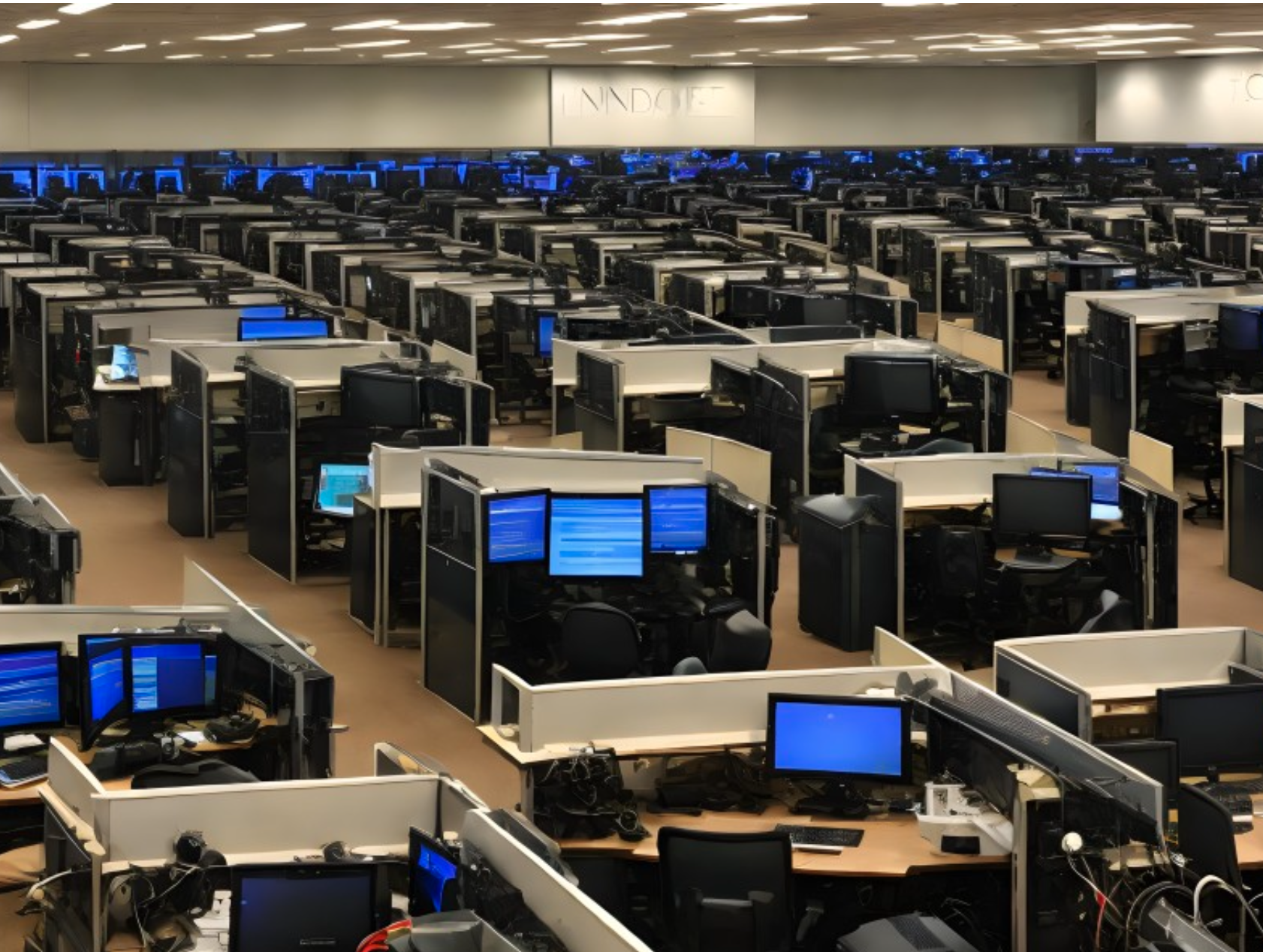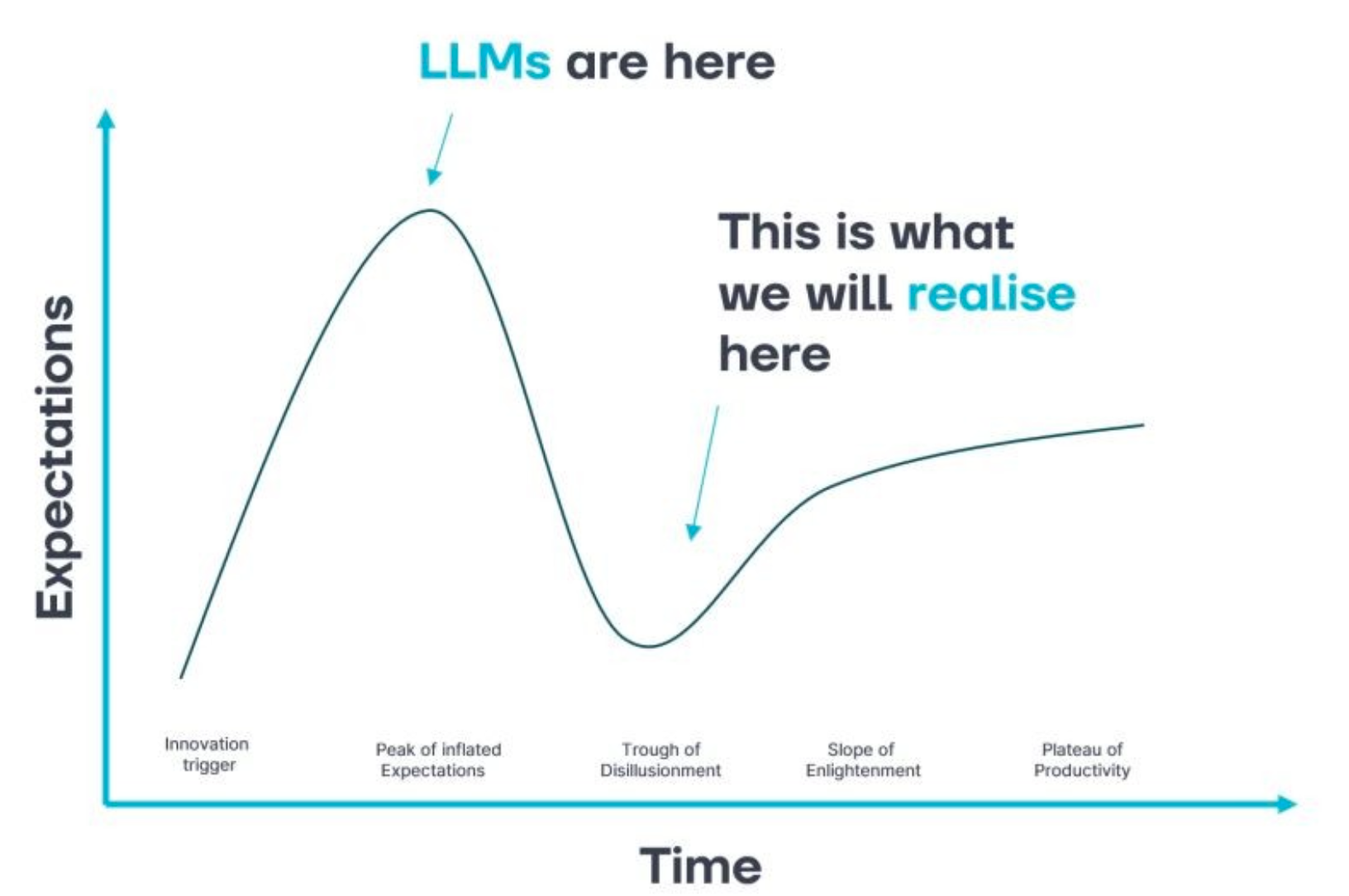 This article is in two parts. The first is simple – I am seeking consulting work, preferably remote, but I’m okay exploring hybrid solutions. Most of the work I’ve done in the last year has been advisory in nature, helping companies to develop new AI/LLM strategies, architect knowledge graphs, XML and XSLT, RDF/SPARQL/SHACL ontologies and taxonomies, data catalogs, and GraphQL data portals, as well as making recommendations about data risk management, metadata governance, standards development and editing, and semantic content management. You could call me a data therapist.
This article is in two parts. The first is simple – I am seeking consulting work, preferably remote, but I’m okay exploring hybrid solutions. Most of the work I’ve done in the last year has been advisory in nature, helping companies to develop new AI/LLM strategies, architect knowledge graphs, XML and XSLT, RDF/SPARQL/SHACL ontologies and taxonomies, data catalogs, and GraphQL data portals, as well as making recommendations about data risk management, metadata governance, standards development and editing, and semantic content management. You could call me a data therapist.
As always, I am continuing my open office hours (set up a reservation at https://calendly.com/semantical), and am available for coaching if you’re looking at ways of pushing metadata-driven solutions into your organization. I have started doing exploratory analysis articles about companies and their technologies, with the understanding that what I’m producing is intended to be comprehensive and
Finally, I’m gearing up to do a paid newsletter starting in August – more information shortly.
Now, about the more general problem:
 Finding IT Work in the Post-AI World
Finding IT Work in the Post-AI World
I’ve been a practicing IT professional since high school in the 1970s, long enough to see several boom and bust periods. Most of the time, these cycles are not driven by technology but rather are due to the vagaries of investment.
There’s an interesting secret here – most of that investment is not really necessary from an innovation standpoint. Startups, in general, require a small number of relatively talented people focusing on a problem for six months or so, often being paid relatively small amounts of money, simply because the process of innovation is, like most creative processes, something that requires perseverance, imagination, the ability to color outside the lines, and the occasional checks and balances needed to ensure quality control, but usually isn’t capital intensive (except perhaps for bins full of Fruit Loops and Red Bull).
The evidence for this can be seen in the amount of open-source software that has been created in the last thirty years. Some of this software was created by companies deciding that the profit potential for the software wasn’t there. Still, much of it was created specifically by releasing the software under an open license from the outset. Indeed, the overwhelming amount of work being done today in the IT space involves integrating free software with other free software. There’s a thin wedge where one can make money as a software developer (and a similar one as a data scientist). Sadly, the chances are good to near certain that you will not be making even house-buying money with that new AI algorithm that you developed … though somebody will.
The fundamental paradox facing programmers today is that, in order to prove that you can code, you have to publish that code. Once you publish that code, it can be reverse-engineered to solve other problems. This is what ChatGPT and Copilot does, essentially having pillaged the open-source code from Github and elsewhere in order to identify sufficient patterns to do most of the major tasks of integration. Once you go to work for a company, the company claims that code as theirs. This is a big part of the reason that companies talk so much about collaboration – collaboration on code involves intermixing of code bases, which strengthens their claim on code that gets developed under their aegis.
The goal of software companies has changed dramatically since the first mainframes were rolled out, but there has been a steady evolution toward the desire to become platforms. The definition of a platform has shifted: extensions of a single application, integration of multiple related applications, owning the operating systems, owning the cloud deployment, and owning social media. Most recently, this has moved to owning the information space with the deployment of AI systems, most notably large language models.
I would argue that we are very much in early days here – we are in the process of discovering how small one can go and still have a viable model, we are trying to figure out whether the code reading (and inferring) technology can prove a foundation for such a platform, and we’re dealing with the increasingly apparent dilemma that the need for data quality in all of its aspects is higher than it is for technologies that are more explicitly defined. Alexander Schober on Linked In recently posted the following graphic (taken from the most recent Gartner hype cycle diagram for AI)
The roller cycle ride has just begun.
Some hybrid LLM / Knowledge Graph approaches will ultimately emerge as the next platform stage. As with any such platform, people will develop competencies in querying and building apps on top of such platforms. Just as a social media platform does not obviate the need of an operating system platform, I also do not see such LLM/KG platforms as being all-encompassing; they are simply different levels of abstraction. Because LLM/KG is awkward, let’s call these knowledge platforms.
Platforms are interesting because they both create some kinds of jobs and eliminate others. The programming skills required to create operating system code are very different from those to create knowledge platforms. Most operating systems do not require taxonomists … most knowledge platforms do. Indeed the typical knowledge platform “expert” is more likely to be a librarian than an engineer. There are engineering roles – developing models, improving algorithms, and so forth, but these will likely become automated in the same way that many data science roles were automated into analytics packages that didn’t (generally) require specialized knowledge.
Additionally, from the perspective of Generative AI, the specializations that are occurring are primarily augmentative in nature, and are as likely to impact areas such as marketing, media development, gaming, and so forth. What this means in practice is that the capabilities that these enable will be (and indeed, are already being) integrated into existing toolsets such as the Adobe Creative Suite, Microsoft Office 360, game development environments, and other similar “creative” platforms.
This should at least hint at where the next tranche of jobs will come from: art, video production, 3D modeling, writing and storytelling, animation, dancing (an entire generation trained on mocap devices), music production, journalism, metadata management. This may seem counterintuitive – many of these areas have been battered in recent years as technology has generally worked against them.
Still, it is not accidental that creatives, in general, are striking right now. In my experience, people do not strike from a position of weakness. They strike when they recognize that they can disrupt their employers’ businesses to a degree that those employers must negotiate. AI, in this respect, is a red herring, used as a threat by those same employers but increasingly shown to be a hollow one. The technology is too new, too raw, to replace almost any workers, and, if anything, acts like a force multiplier for the creatives to improve their quality, not just their quantity.
Overall, the corporate response to the end of the pandemic may have been a knee-jerk one, with companies cutting many of their newer initiatives not just in AI but in “metaverse” related areas. Likely, part of the reason for this (beyond investor demand for dividends comparable to the ones coming during the pandemic years) has been the belief that these investments were both too expensive and not strategic enough.
There are some justifications for this belief. The Metaverse strategy emerged primarily in response to Meta’s name-change and initiative, and in the last couple of years, there have been several indicators that even if such an approach was desirable (and arguably, it may not be), there were too many intermediate steps along the way that needed to be achieved, most notably in the fields of augmentative reality (AR) and virtual reality (VR), as well as metadata interoperability, and support by consumer hardware and software. While premium gaming hardware can support the kind of GPU required, the AR/VR will not really take place until high-quality AR/VR can be done through a phone.
Generative AI has also had an impact. My suspicion is that most larger companies are taking a wait and see attitude with regards GenAI, as both technological and social/regulatory changes in the space cool long enough to provide a better idea about what will work and what won’t. There are a few exceptions – Adobe launched a new Beta release of a number of their products with Stable Diffusion-like enhancements, while also rolling out model-oriented features to their stock service to test what an expanded rights package might look like.
Are these translating to new jobs? Sort of. Python seems to be outpacing Javascript collectively in new job listings, and modeling experience now increasingly means the ability to write machine language pipelines around TensorFlow or related libraries. Non-ML data science jobs seem to be lagging, but there is still some demand there. Net June IT Payroll for June 2023 was approximately 0, but as it has been negative for nearly ten months, it is likely that hiring is increasing again, but with GenAI positions replacing traditional coding More than likely, we have left the Big Data Era for the AI Era, and the jobs available will be drawn from AI rather than cloud for the foreseeable future.
RTO Stalls, Hybrid Sputters, Labor Pushes Back
If you do not have an LLC or some similar form of business license, spend the money to get one. I made this realization about seven years ago, and every year, I find it a worthwhile investment.
The resistance to returning to the office remains strong. It is likely that this has been driven by several factors beyond the immediate flexibility of the arrangements.
- Wage growth has slowed, and especially for new positions, returning to the office to a new job will entail making less than they did even before the pandemic. Given that this is after a roughly eight percent rise in prices due to inflation, many people are more reluctant to take on these jobs.
- During the pandemic, many people moved away from expensive cities to take advantage of work from home. Three years involves putting down a lot of roots, and having to relocate into markets that are still at near historical highs for housing (despite softening demand). From a financial standpoint, it may no longer be worth moving again, especially if WFH alternatives do exist.
- In July 2023, ADP reported zero jobs created or lost in the technology sector. There are two potential interpretations here – either nothing was created or destroyed, or, for the first time in nearly a year, there are as many newly created jobs as lost ones. The latter interpretation is more consistent with six-month averages, and is also more likely given that the layoffs were dividend driven but the need for new skilled labor is outweighing dividend losses (indeed, the IT sector has seen a very good quarter).
- This in turn says that the tech labor market, already historically tight, is tightening further. More than likely, this is transitional – diminishing general programmers and even data scientists, more machine-learning, semantics, and AI specialists.
Will the modified call for hybrid work succeed where direct RTO mandates failed? I rather doubt it. Hybrid is a return to the office with training wheels, constraining schedules artificially and pushing demand for limited meeting space into three days rather than five. Organizations would be better off meeting for a week every eight to twelve weeks as an entire company (or at least regional office) in what amounts to trade shows, showing off what’s being done while at the same time letting different groups mingle with one another. This can even be intermixed with external trade shows, to encourage partnerships, sales opportunities, and intra-industry organization.
At the moment, there is a great deal of posturing on the part of corporate leadership about trying to bring their workforce to heel – reducing wages for new positions, making demands concerning not only where and when they work but also arbitrarily cutting labor forces (raising hours on the salaried ones left) and reneging on contract agreements made during the pandemic. Not surprisingly, strikes have increased dramatically, retention is dropping, and recruiting has stalled, even as the number of start-ups and independent consultancies has skyrocketed.
I’m seeing anecdotal signs (and pundit articles) that the Great Resignation is over. Certainly, people are more cautious today about jumping than they were this time last year, and significant layoffs have created local gluts in key markets (such as those in Seattle and the Bay Area). At the same time, the current vector of IT Sector job growth is trending positive even given these factors, and with unemployment still below 4%, it is likely that both employment and the economy will continue to defy expectations.
Job Strategies in the New Normal Market
So what makes for a good strategy in this market to land a job?
- Market yourself. Write, blog, showcase code or work. Build portfolios. Linked In is still a great environment for promoting yourself, and in general, your visibility in that arena will likely count for more than any number of resumes.
- Ignore the AI Job Fears Hype, but stay up to date. I’m not even remotely sold on the idea that Co-pilot and other code assistants really provide all that much value than previous general code auto-assist tools generated, and in reality, those people who are benefiting from such tools today are usually already very proficient coders.
- Similarly, No-Code solutions can handle 80% solutions very well, but that remaining 20% is much harder to achieve. Those who do not code regularly for a living do not necessarily understand that, so the chances that projects based upon these will fail are quite high.
- If you know Javascript, learn Python. If you know Python, learn Javascript. Neither language is going away.
- Generative AI is more than ChatGPT. I personally believe that adversarial network approaches (such as Stable Diffusion) are ultimately much more intriguing, because they represent human-selected novelty. Think outside of the box with this technology, because the profitable areas will be the novel ones.
- Be willing to push for increases in salary or bonuses that don’t lock you into the market at today’s prices. Points are good, too. If you’re reading this, chances are, you’re already at an extraordinary level with regards to job prospects compared to most people, so price yourself accordingly.
- Take your resume, open up ChatGPT, and tell it to simplify your resume to one or two pages. Post it onto a pinned post in LinkedIn. Edit your profile there. Remember that you are not your resume.
- Only let others represent you if you are willing to lose control of your career, and don’t give someone that capability if they initially call you at 6am on a Monday morning to do it.
- Figure out how important remote flexibility is to you. If you work close to where you live, then take the commute. If you’re willing to deal with the headaches of managing multiple jobs, then don’t get locked into hybrid solutions that aren’t.
- Be you.
Kurt Cagle is the editor of The Cagle Report. He lives in Bellevue, Washington, with his wife, kids, and weird furry wingless sociopathic dragons (meow).
Feel free to contact Kurt at his Open Office Hours – sign up at Calendly for a free hour session on data, knowledge representation, the economy, cats, astronomy, weird science, or whatever else strikes your fancy, or if you want to bounce ideas off of him for novel projects or jobs.
